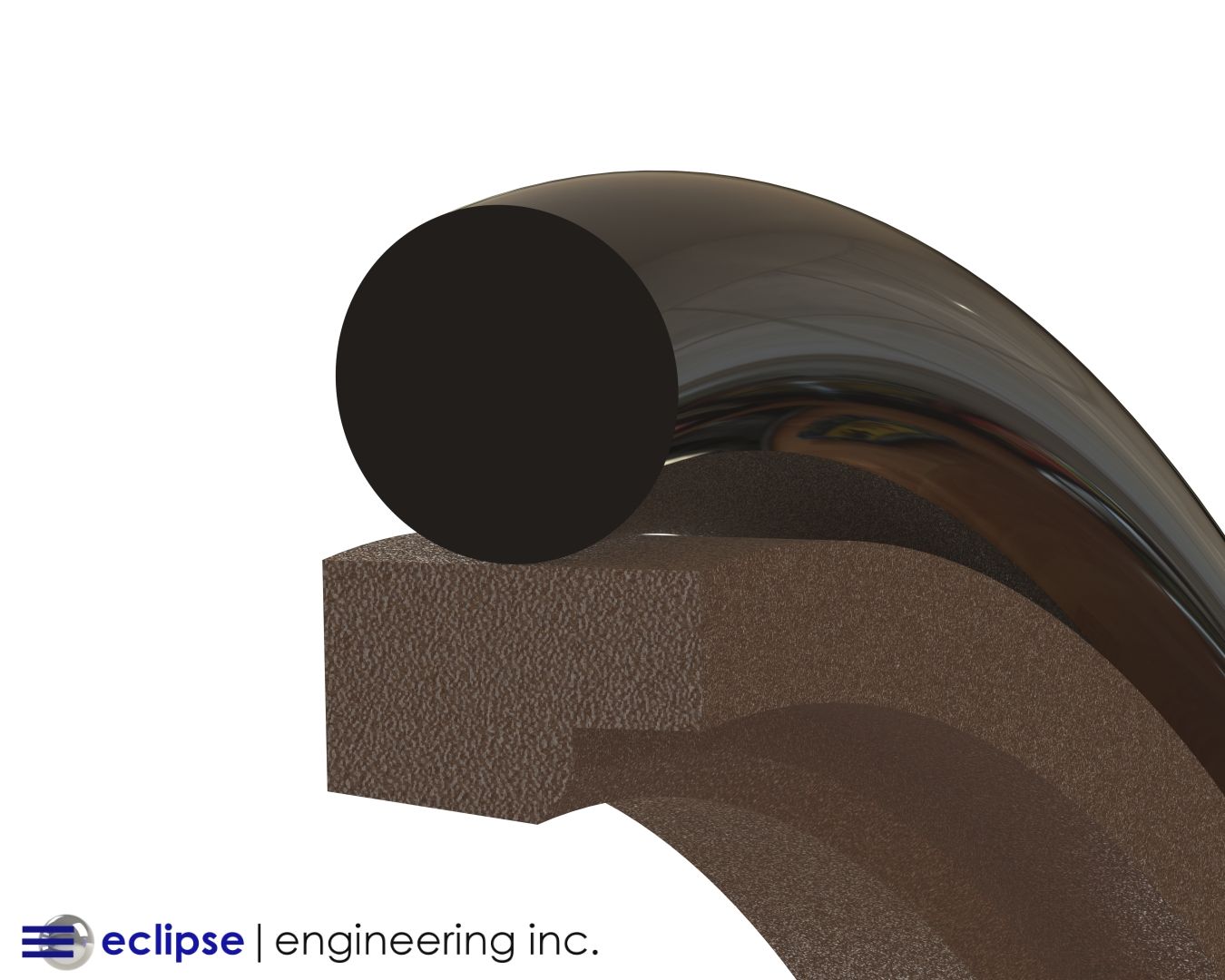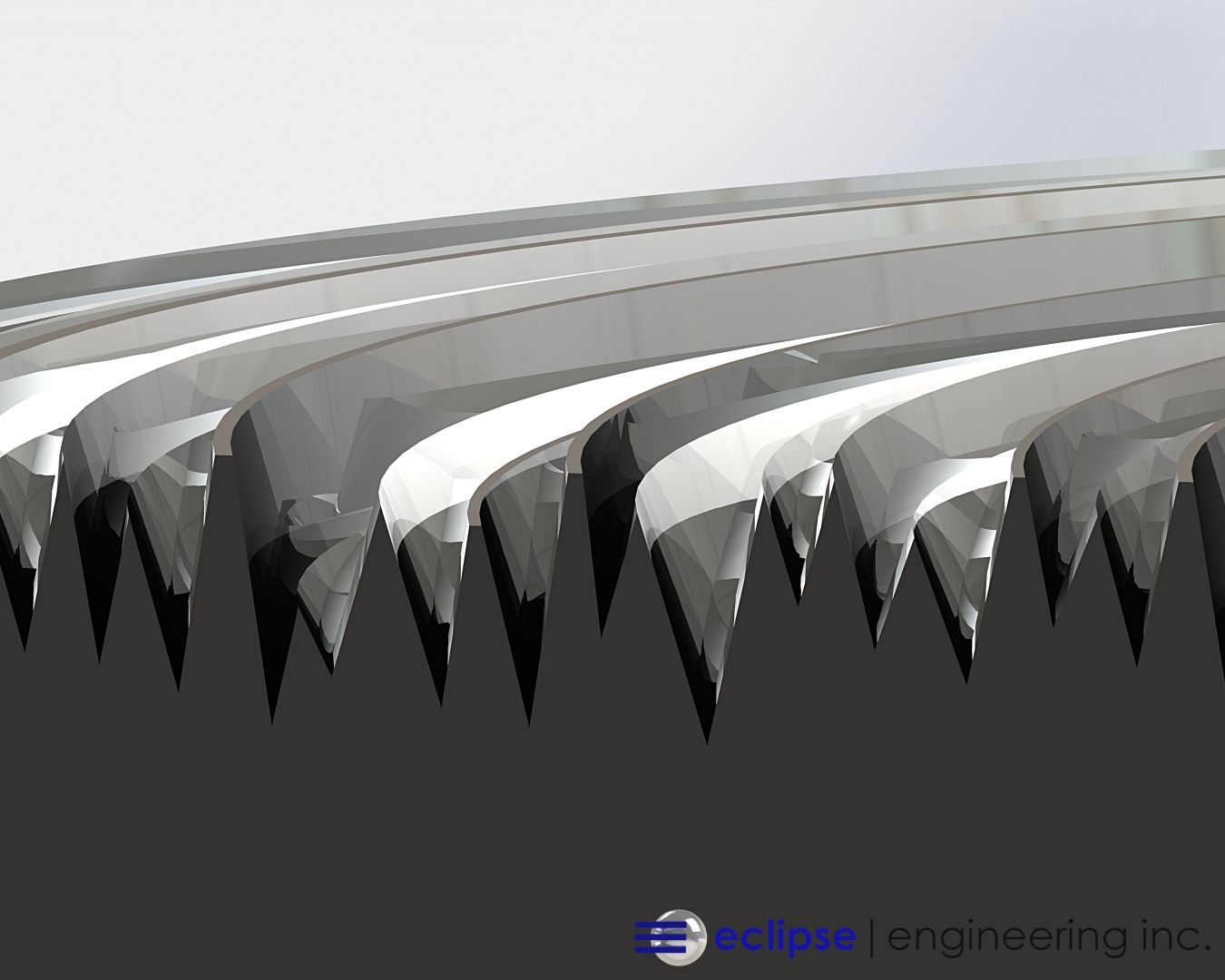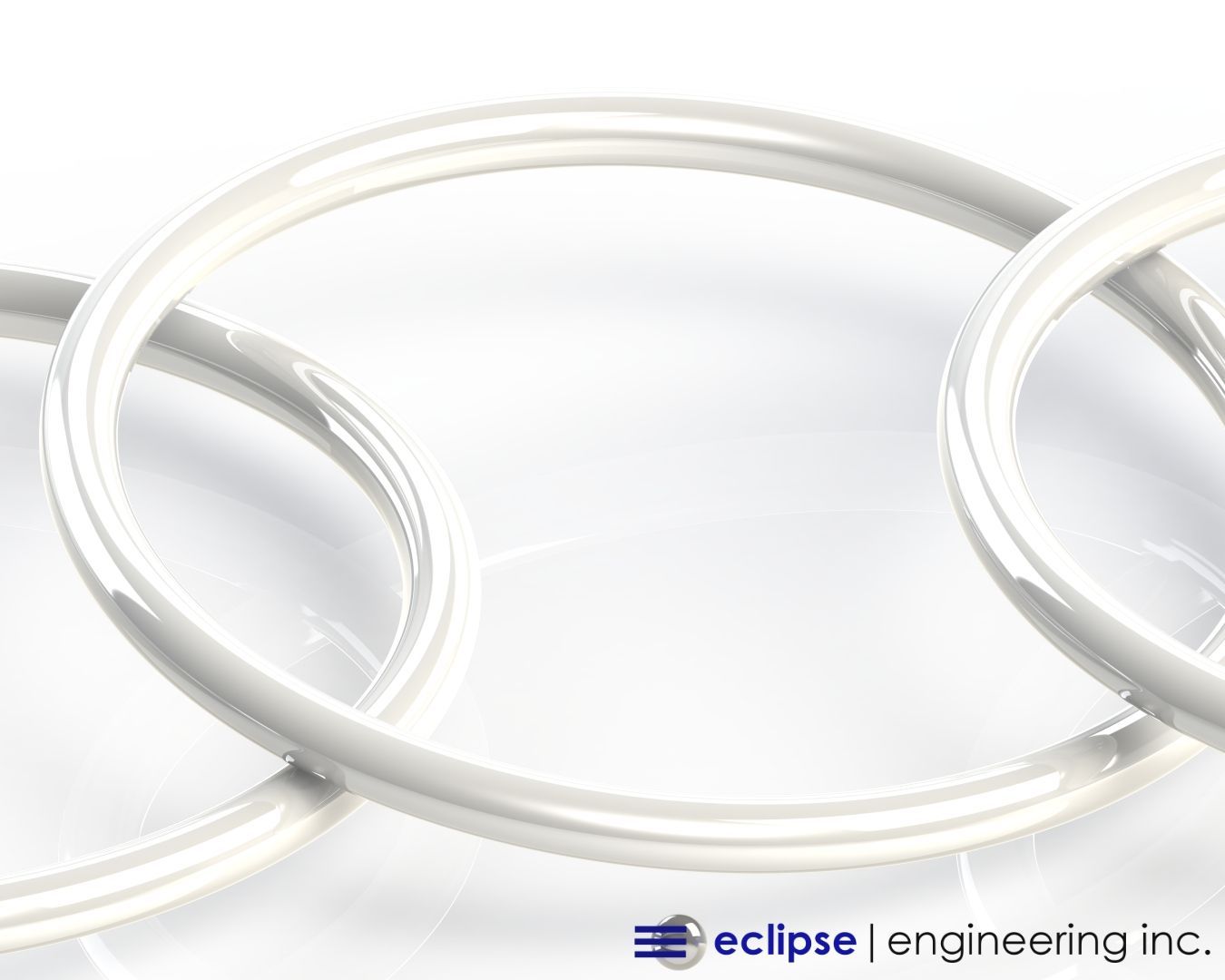Eclipse Engineering “On the Move”
After 11 years in beautiful downtown Broomfield Colorado, Eclipse has finally moved to a permanent home.
Eclipse Engineering started out in an expansive 1750 Sq ft facility on Industrial Lane in 1999. At the time I thought of renting out some of the space as it seemed too big for our needs. In 2001, we purchased the soft seal side of Jemco Seal. Jemco was primarily a Colorado business and with that acquisition, we nearly doubled in size causing us to increase our floor space.
With our lease up, and the real estate market being what it was, we purchased a building in Erie, Colorado. We moved into a space a bit larger than before with the opportunity to expand 3 fold. The Building is located “in the country” with a great view of the Front Range Colorado Rockies. We also are located at the Erie Airport, so if you want to fly in to visit, you could taxi up to the back door.
Your support over the past 11 years has allowed us the opportunity to continue to grow and better serve you.
Like any move, it always looks a lot better after the fact. We are still in the throes of re-building and improving our infrastructure. I’m guessing another 5 months or so ought to get us moved in. Until then, it seems every day we move something else.
At the same time we are increasing the number of operations we perform in house, allowing us to better serve your immediate needs.
Eclipse has built its business on responsiveness to the market place. While we realize you have a choice in purchasing product, our goal is to make the decision a delightful experience working with us.
Thank you again for you support over the last decade.





